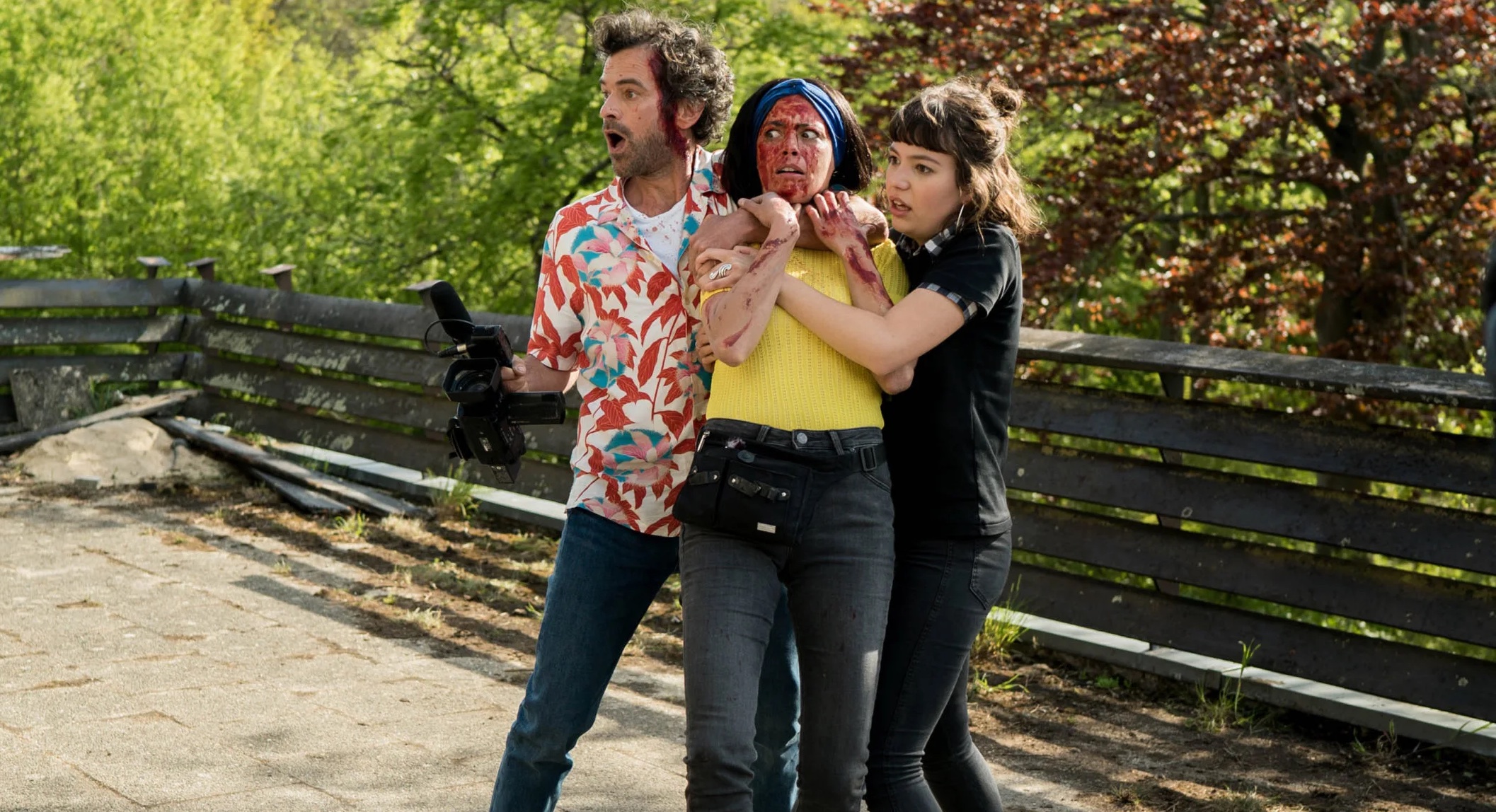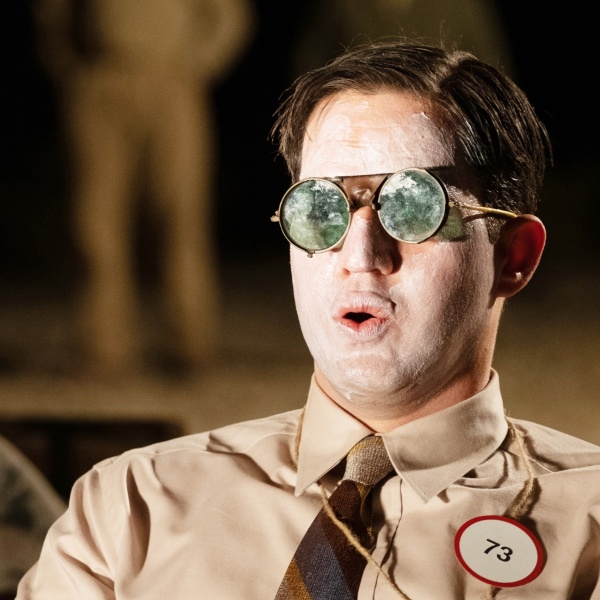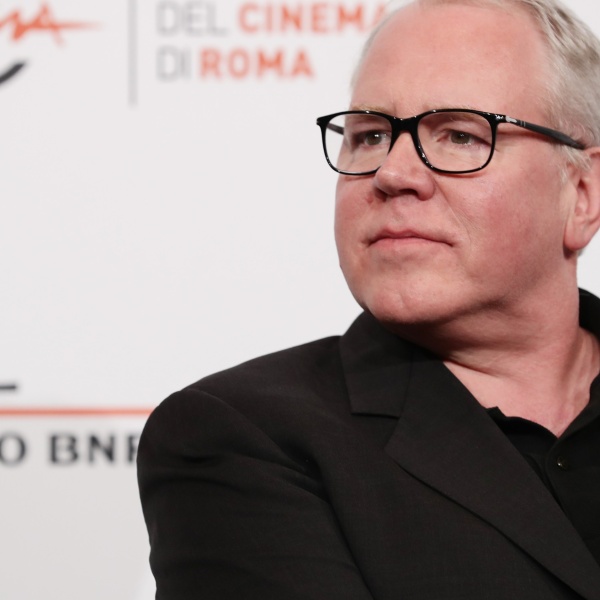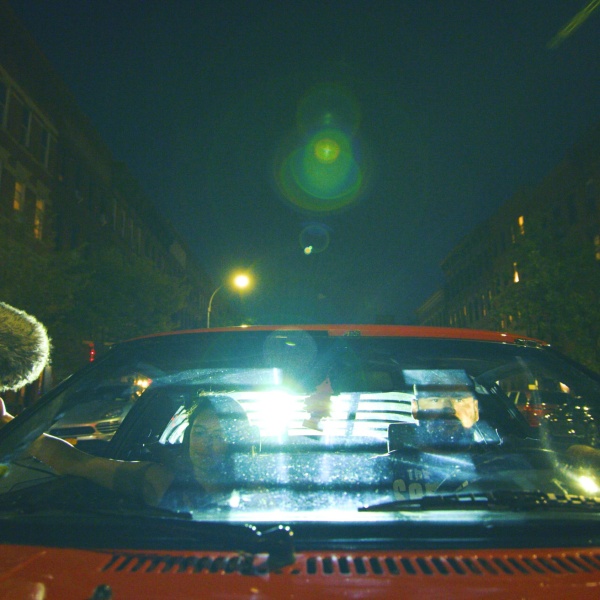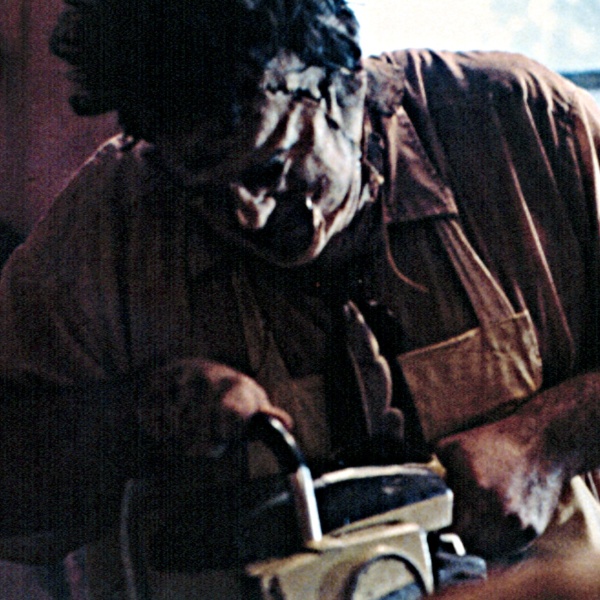Editor’s note: This review was originally published at the 2022 Cannes Film Festival. Kino Lorber releases the film in theaters on Friday, July 14.
In these turbulent years for cinema, when film festivals can often seem like memorial services for the movies themselves, it doesn’t feel entirely accidental that the most prestigious of them all has developed a recent tendency for opening with movies about the deceased or undead. That none of those movies have been particularly full of life is much harder to explain. The trend began when Cannes 2017 kicked off with Arnaud Desplechin’s evocative but exasperating “Ismael’s Ghosts,” and it continued two years later with the world premiere of Jim Jarmusch’s deader-than-deadpan zombie comedy “The Dead Don’t Die.”
Now, at a moment when cinema seems poised to crawl out of the crypt where it’s been laid to rest in the public imagination — a moment when, for the first time in five years, it could be argued that Netflix might need Cannes more than Cannes needs Netflix — the most “important” festival on Earth is naturally opening with a film about the un-killable spirit of filmmaking, even when confronted by the most impossible of circumstances.
On its surface, the allure of programming “Final Cut” is as obvious for Cannes as the allure of making it must have been for Michel Hazanavicius. Or re-making it, to be precise.
“The Artist” director has sewn a lucrative career out of second-hand inspiration, but his source material has never been quite as fresh or as ready to serve as it is here: “Final Cut” is an almost shot-for-shot remake of Shin’ichirō Ueda’s 2017 comedy sensation “One Cut of the Dead,” a giddily clever ode to the sublime insanity of making a movie — in this case, a trashy horror movie about people who get attacked by zombies while making a trashy horror movie about people who get attacked by zombies (and the self-reflexivity only escalates from there). Grossing more than 1,000 times its $25,000 budget, Ueda’s debut is so much fun because it reflects the same DIY spirit that it exists to enshrine; it’s so good because it vividly captures the joy of giving a shit about a piece of crap.
For that reason alone, a “One Cut of the Dead” remake would seem out of place on the Croisette; traditionally, romanticizing hot garbage is only supposed to happen at Cannes by accident or because Sean Penn has a new movie in competition. But the truth is that Hazanivicius’ slack and shambling “Final Cut” can’t even get that part right. If you make a good movie to celebrate bad movies, you get “Ed Wood.” If you make a bad movie to celebrate bad movies, you just get more bad movies. And this is definitely one of them.
Considering this remake’s fidelity to its source material, it’s strange that Hazanavicius’ version lacks the same pulse as Ueda’s original (some of its shortcomings can be attributed to a lack of surprise, but “One Cut of the Dead” was more than just its high-concept twists). Both films start with the same opening gambit: An unbroken 30-minute shot in which the production of a low-budget zombie movie goes off the rails in a series of bumpy moments that gradually obliterate the fourth wall — think “Noises Off,” but with more flesh-eating.
This time, however, it’s kinda strange that all of the characters have Japanese names. There’s a semi-amusing reason for that, but Hazanavicius waits a long while to spell it out; even the wafer-thin layer of new bits that he adds to “One Cut of the Dead” adhere to its comedic formula by setting up little details that don’t make sense and then doubling back for their punchlines down the road.
A rundown and screechy Romain Duris plays Higurashi, the agitated director who’s determined to get believably frightened performances from his actors even if he has to kill them in the process. “Revenge” star Matilda Lutz, no stranger to fake blood, is the startled final girl Chinatsu, “Nocturama” breakout Finnegan Oldfield is her zombie meat boyfriend, and Hazanavicius mainstay Bérénice Bejo is the feisty makeup artist whose work gets upstaged by the real thing when the undead descend on the abandoned facility where Higurashi is staging his masterpiece. Except “the real thing” looks awfully similar to the fake stuff, and it isn’t long before reality itself begins to fall apart like skin from a zombie’s face.
It doesn’t give the game away to reveal that the first act of “Final Cut” is meant to feel off, but the film’s dead air soon proves stifling. There’s an inherent uncanniness to copying a film that caught lightning in a bottle, and the extra layer of meta-text it creates here proves to be one more than Ueda’s concept — itself borrowed from a Ryuichi Wada stage play called “Ghost in the Box” — can withstand.
While Hazanavicius’ attempts to build “One Cut of the Dead” into the backstory of his remake can be cute, they also make exactly zero sense if you think about them for more than half a second (explaining why would require spoilers, so let’s just say that catastrophes rarely unfold the same way twice). And where “One Cut of the Dead” mined a palpable aura of authenticity from being a no-budget movie about the making of a no-budget movie, watching the $4 million “Final Cut” try to forge a soul of its own from the same material gave me flashbacks to when the celebrities all wore “Squid Game” cosplay for Halloween last year.
If the Oscar-winning Hazanavicius ever knew what it was like to hold a movie together with duct tape, he seems too far removed from his bootstrapping days to remember. Which isn’t to suggest that mounting this run-and-gun production was easy (least of all during COVID), only that the most crucial stretches of “Final Cut” are deflated because they merely feel like somebody’s idea of a DIY film shoot.
Historically, it’s the cheapest horror movies that dig up the most cursed locations, and yet Hazanavicius stages his action in an open building that has all the personality of a post-game interview with a professional athlete. It’s a stark contrast to the abandoned water filtration plant that Ueda used in the original, which lent a crucial sense of uneasiness to his script’s deliberately awkward moments, charging them with anxiety instead of… nothing. It doesn’t help that Hazanavicius’ inert shot choices strip-mine the fun away from some of Ueda’s simplest visual gags; there are two ways of filming someone hacking apart a zombie just off-camera, and it turns out one of them is wrong.
The films’ shared hall-of-mirrors premise demands a certain bedrock of believability in order to support the contrived gags that are created from it, yet “Final Cut” remains winky and low-stakes in a way that finds it sinking under the weight of its biggest jokes. Bejo in particular is deprived of the texture needed to sell her character’s third act transformation, and the extent to which she falls short dilutes a once-uproarious finale into a few weak smiles, most of which are owed to a poor DJ who’s caught in a tight spot.
Often hectic and sometimes heartfelt but very seldom funny, “Final Cut” is disappointing because it lacks the boldness of the original, yet even more so because it abjectly foregoes the kind of “fuck it, we’ll do it live!” creative mania that it’s meant to embody. Some of the movie’s jokes are just too well-constructed to fail, but too few of them land hard enough for the movie itself to succeed.
Perhaps — in some way — the fact that Cannes has convinced the entire film world to congregate around a disposable remake of a singular cult hit is just more proof that cinema will always survive any threats against its life. But sometimes dead is better.
Grade: C-
“Final Cut” premiered at the 2022 Cannes Film Festival.
